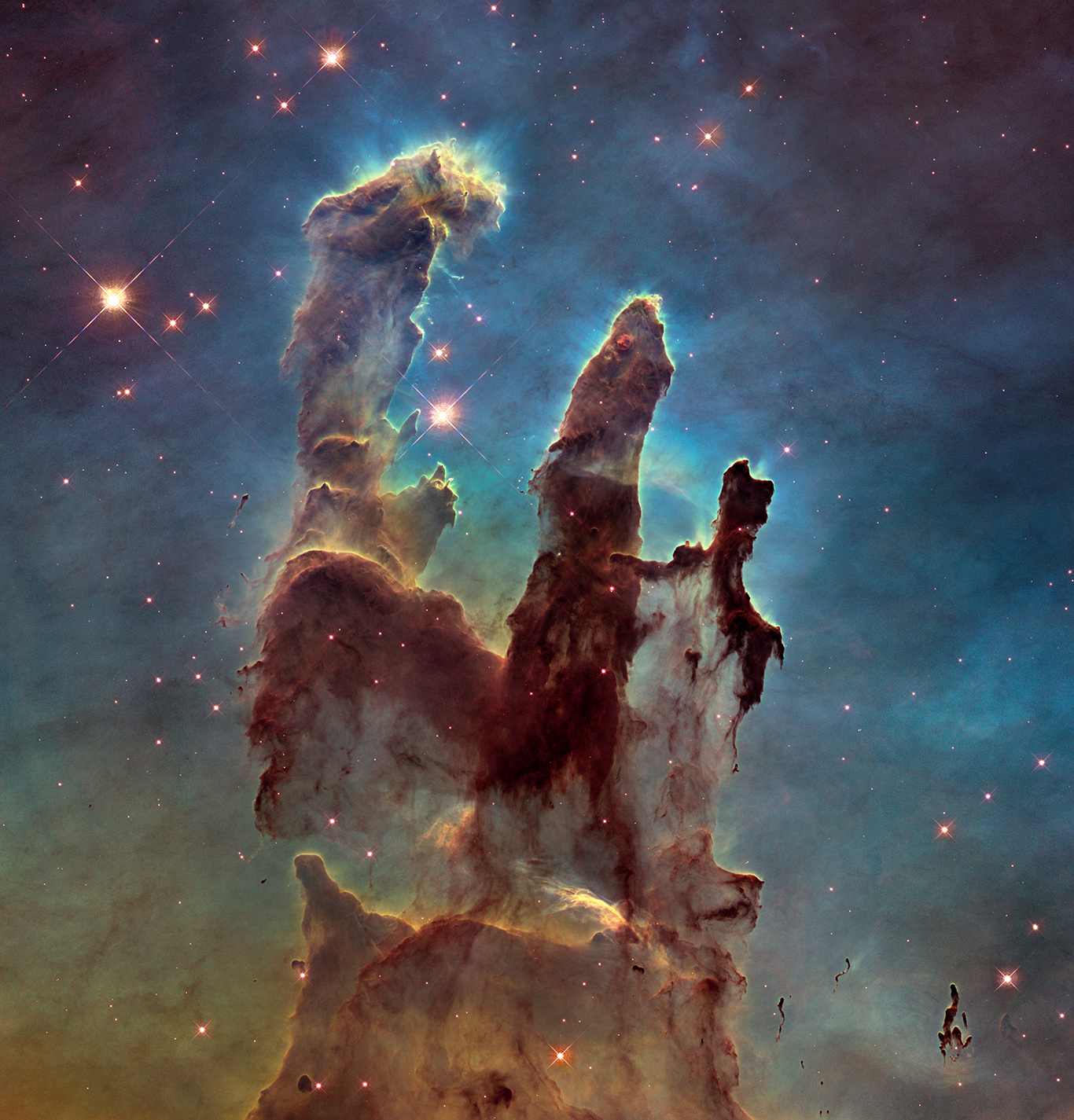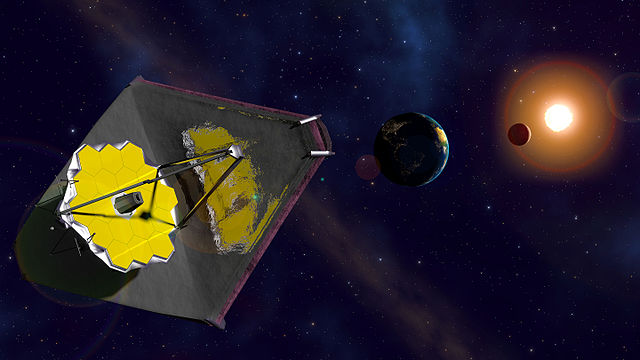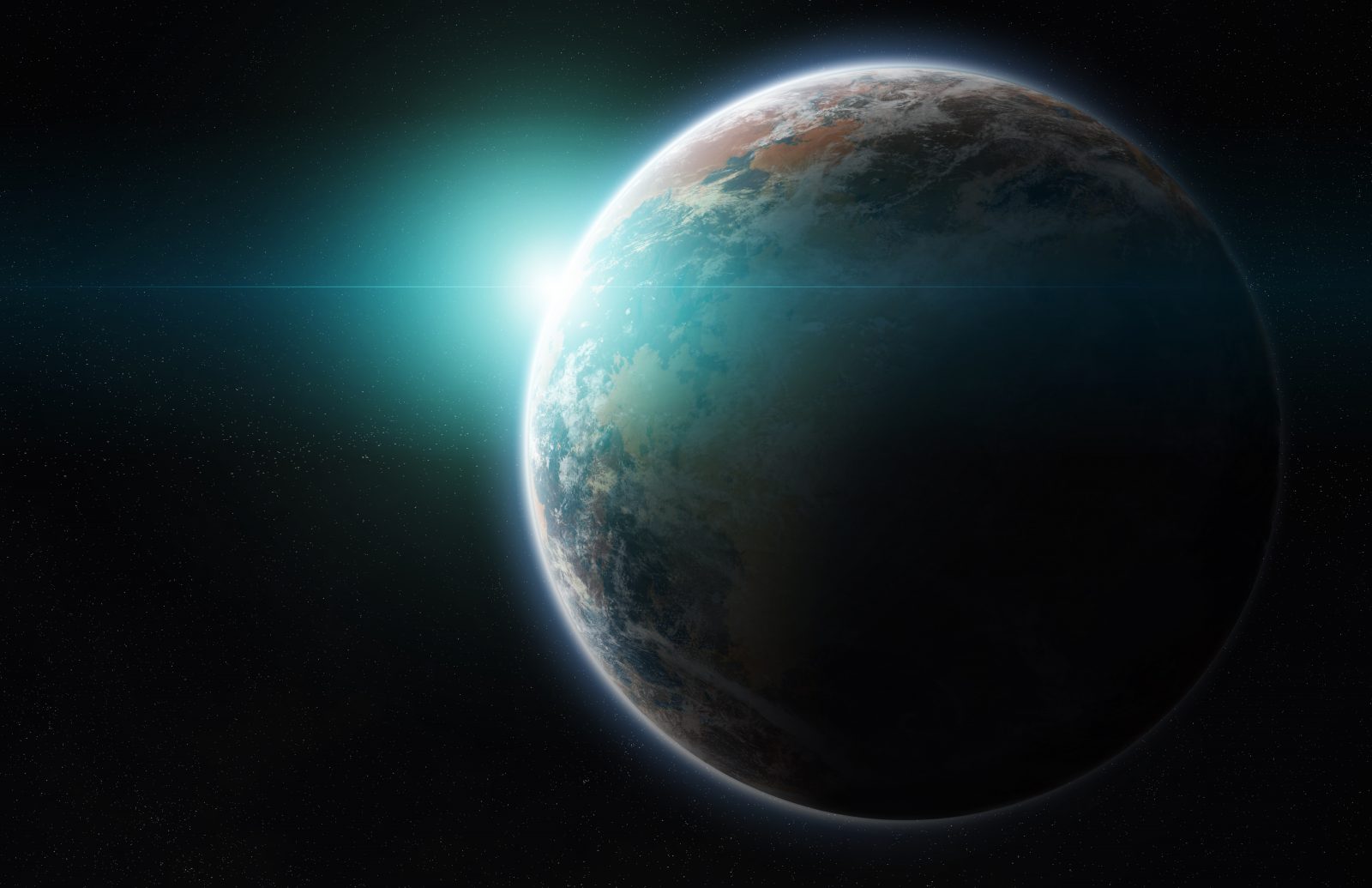
Bijan Nemati on Another Big Space Telescope, and The Privileged Planet
On this ID the Future, astrophysicist Bijan Nemati delves further into why intelligent design matters to him and into the exciting work he’s doing for NASA’s Nancy Grace Roman space telescope, slated for deployment in three or four years. That telescope and his contribution to it, as it so happens, tie directly into the popular science documentary he participated in, The Privileged Planet. Nemati describes how the instrument his company is building for the telescope is designed to aid in the search for earth-like planets beyond our solar system and why the list of criteria for planetary habitability is longer than many people suppose.


